The shrinking interior spaces in present times have created a demand for minimalist and sleek furniture items that are also visually appealing and functional. This extant demand has largely influenced the creative direction that several contemporary designers and artists have taken with their work. Although the idea of minimalism seems to pose an obstacle in the space of distinctive creative expression, creatives from across the globe have been able to use it to their advantage. Edward Barber and Jay Osgerby of Barber Osgerby, too, have regularly utilised minimal ostentation in their designs to create impactful and exclusive objects that bear their distinct creative mark. Their latest exhibition ‘Signals’ at Galerie Kreo is an elaborate extension of their perennially eccentric body of work.
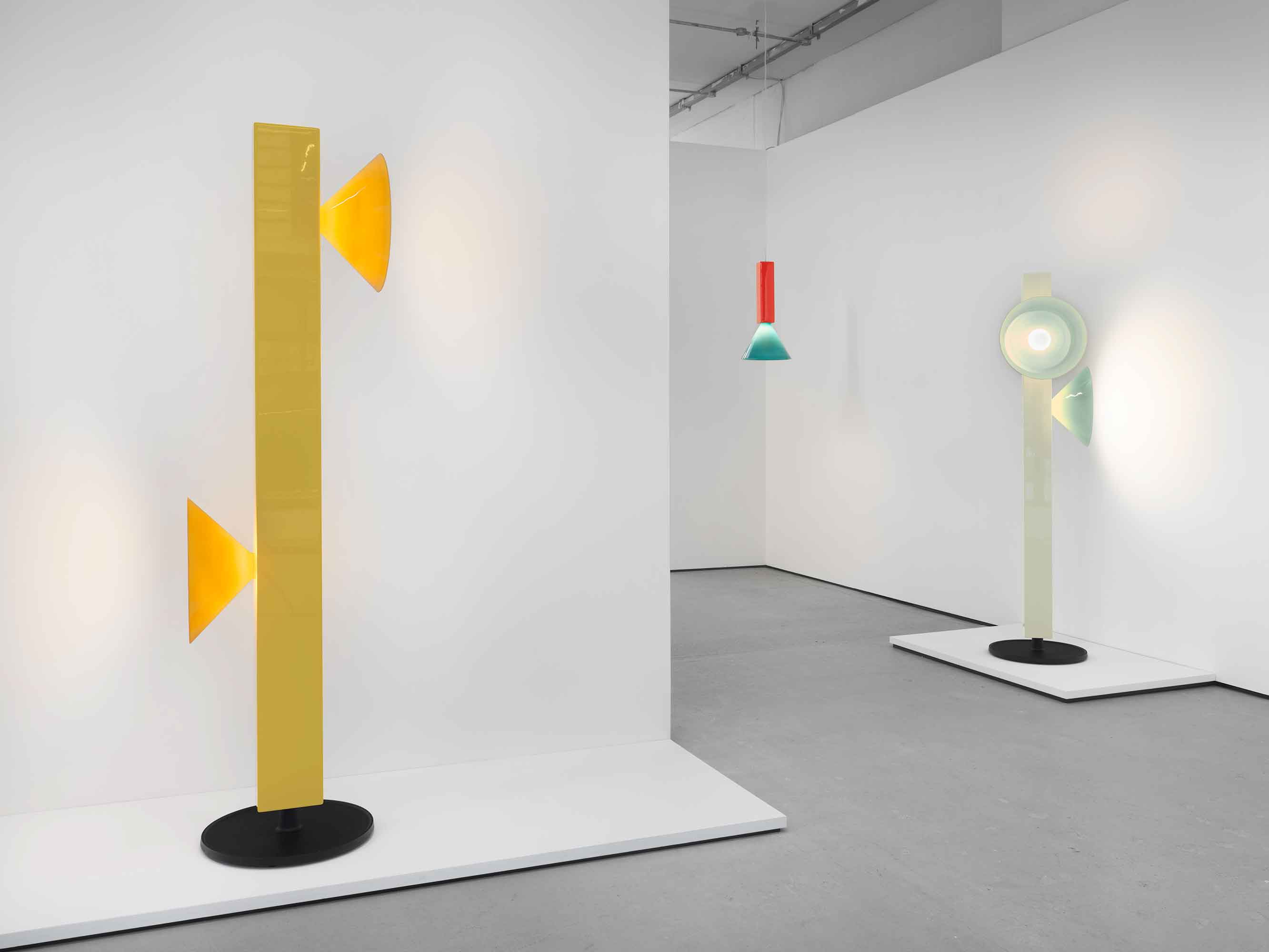
London based studio Barber Osgerby was founded by Edward Barber and Jay Osgerby in 1996. With a special focus on experimentation and innovation, the designer duo regularly explores the offerings of different colours and materials and utilises the same to create objects that are characterised by quirky geometric forms and that induce a sense of intrigue and wonder through clever arrangement of simple shapes. In many of their works, Barber and Osgerby have used cones, resulting in the shape now becoming a defining feature of their creations. The lighting collection that comprises their latest exhibition at UK based Galerie Kreo is also extensively marked with this characteristic motif.
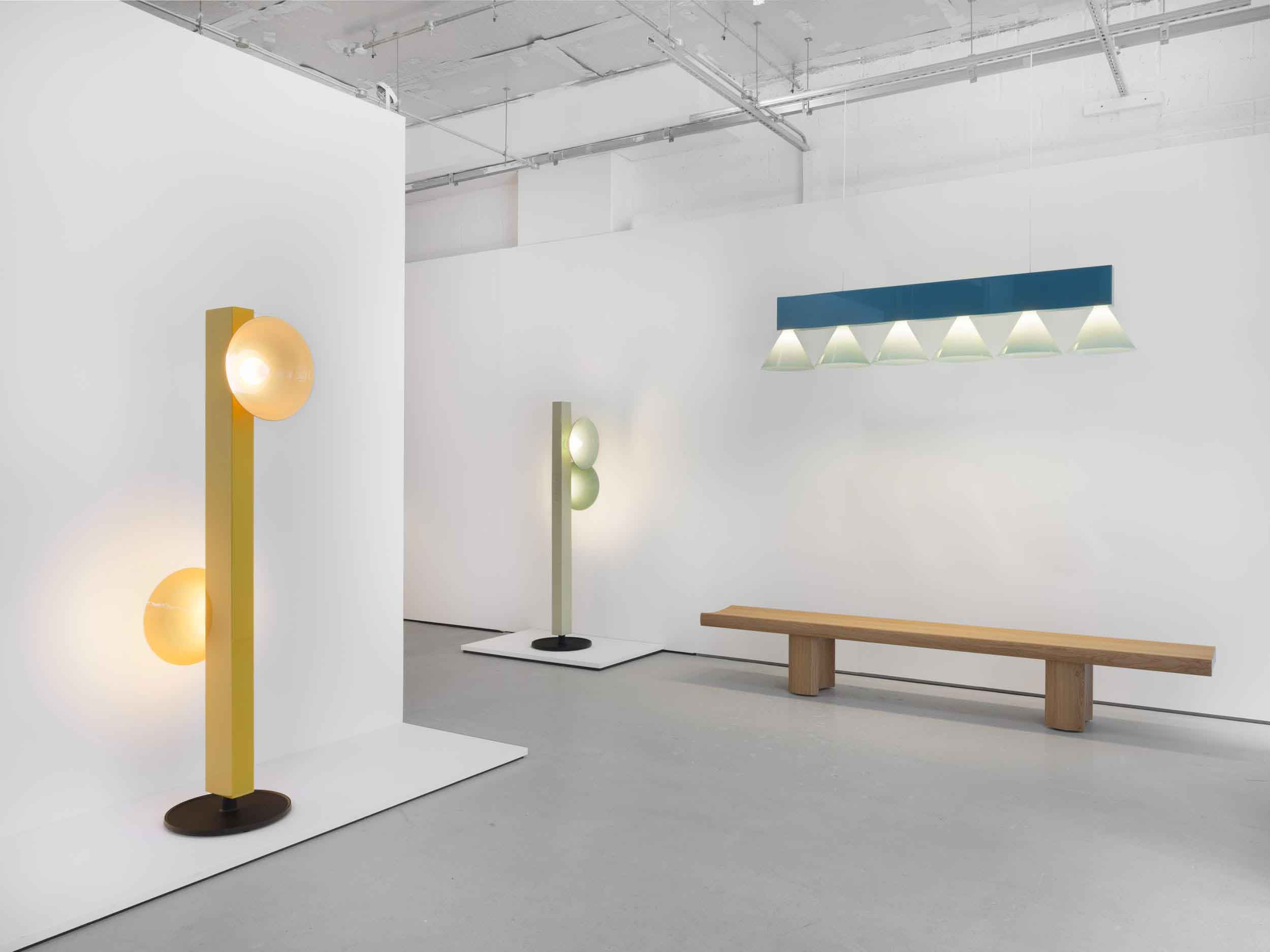
Featuring several floor, wall and pendant lamps, the lighting collection that now dots the gallery space are each made out of two pure forms: a circle and a rectangle, utilise two materials and are created using two different techniques. Each lamp is made out of coloured aluminium box sections that are shaped by hand and conical lamp shades that have been created by Murano glass experts using the archaic mouth-blown technique. The juxtaposition of the contrasting textures of the two materials, accompanied by the contradistinction of the angular and circular shapes lends visual balance to each luminaire.
The designer duo borrows inspiration for the collection from their previously used colour compositions, shapes and forms, and creation techniques, thus lending to the familiarity of these objects. These animated pieces of luminaires are not solely meant for exhibitory purposes. Instead, they carry features that enable users to direct light in the desired direction to either directly light up a space or fill it with ambient light, thus fulfilling functional demands. The fluid movement of the cones also ensures that users can interact and connect with the objects, thus inviting active engagement.
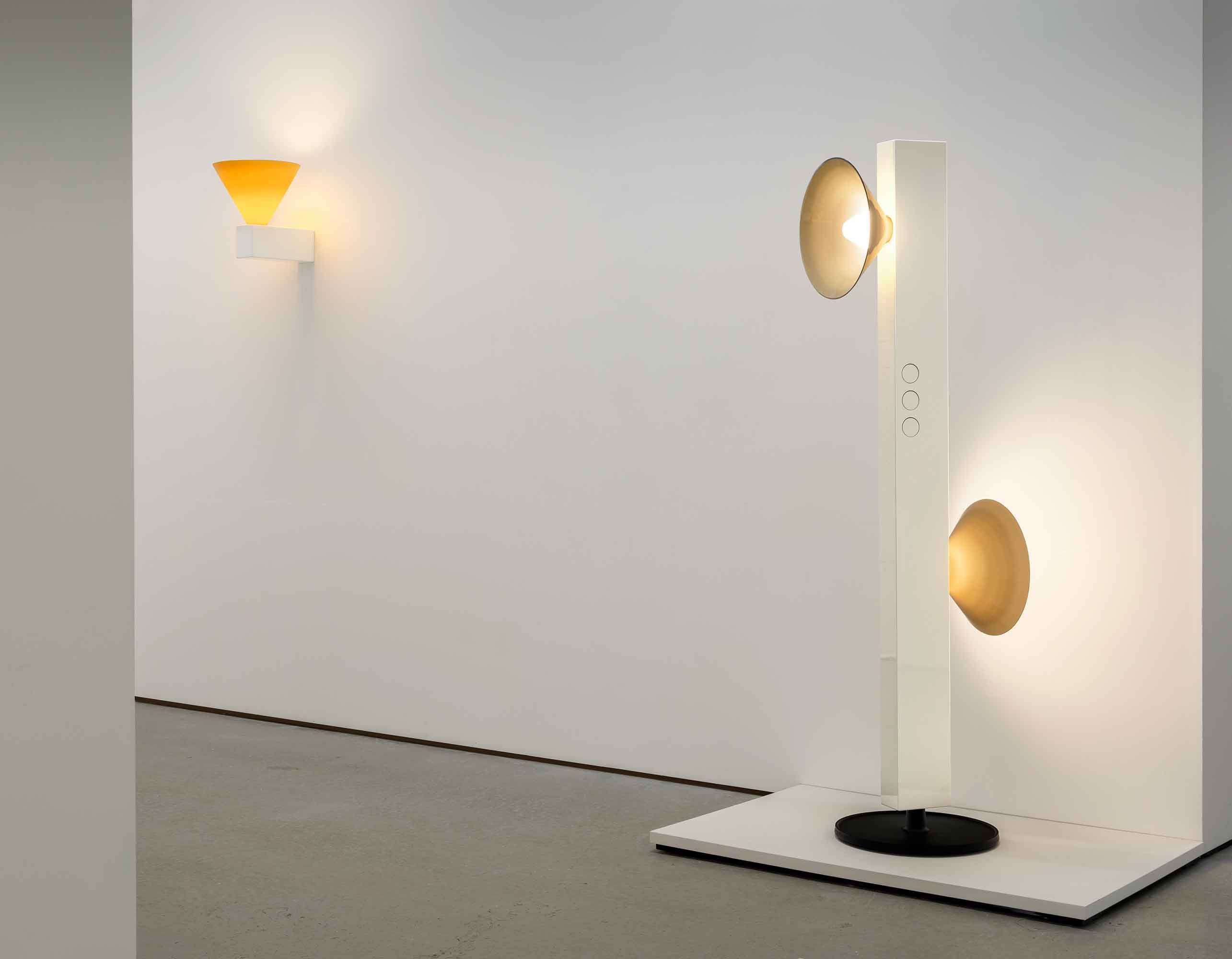
STIR had an in-depth conversation with the designers Edward Barber and Jay Osgerby to better understand the process behind the creation of the luminaires that dot the exhibition space of Galerie Kreo.
STIRpad: As partners, how do you develop the concepts for your projects and assign technical, creative responsibilities?
Edward Barber and Jay Osgerby (EB & JO): We have always worked well together and every project is a collaboration between us and our clients. We always start by sketching our ideas and sharing them like a visual conversation. We then move onto making models and prototypes. All of our clients are experts in their fields and so we often push boundaries with our designs. It is exciting to see that our clients deliver.
STIRpad: Why is the exhibition titled 'Signals'? Does it intend to tell any story?
EB & JO: For us, ‘Signals’ evokes multiple meanings, many of which have been explored in our collection and exhibition for Galerie kreo. A signal can be anything that serves to indicate and direct. When we first created the cone prototypes there was an instant resemblance of the lights found on the front and back of old trains. These were used to ‘signal’ a train's arrival or departure. In communication, a ‘signal’ is defined as the transmission of information. In this case, the pieces communicate with the user through the transmission of light. We also like to leave space for the viewer to bring meaning to our work through fresh interpretation of the collections name.
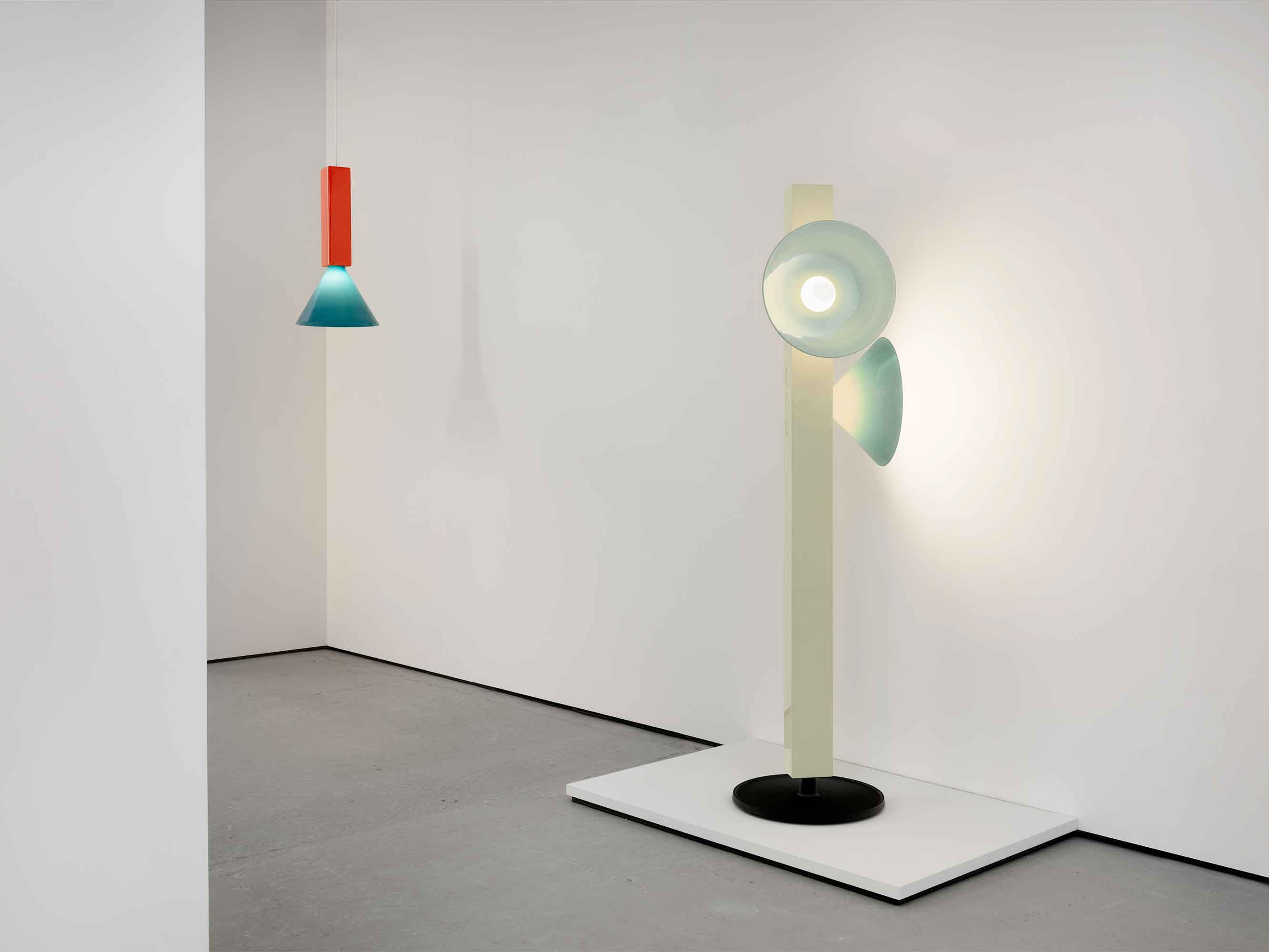
STIRpad: Most of your work is characterised by simple geometric shapes, solid colours and clean edges. What style or category would you say your work fits in with best?
EB & JO: Whilst you will find continuity in our work, our designs are not orientated towards trends or particular styles, instead we aim to create timeless pieces that will last - both in terms of their durability and aesthetics. Often this means that our designs paired back and as you say, feature simple geometric forms. The cone shape has fascinated us and appeared in various projects over the years, from a wall light for Flos, the Corona sculpture for Haunch of Venison and the Zero-In table for Established & Sons. Although the cone is a very simple geometric form, it has the ability to make an object appear dynamic and enticing. A cone can completely distort a viewer's perspective and plays tricks on the mind - from the front, a cone appears flat but as you move around the piece and the shape is revealed. When you introduce light to the shape, and surround this by glass, as we have done for Signals, the light is reflected endlessly, drawing the viewer in further to get lost in the piece.
STIRpad: Did you intend for the 'Signals' lighting collection to feature as ornamental objects, functional objects or both? If they are fit to take on a functional role, what kinds of spaces will they best fit in?
EB & JO: As a design studio we want to ensure every piece we produce is not only aesthetically appealing but at its core, functional. In this instance our aim was to create something both sculptural and functional, an object that can be used in the home as a piece of art as well as something that can be used to set the tone and create an atmosphere.
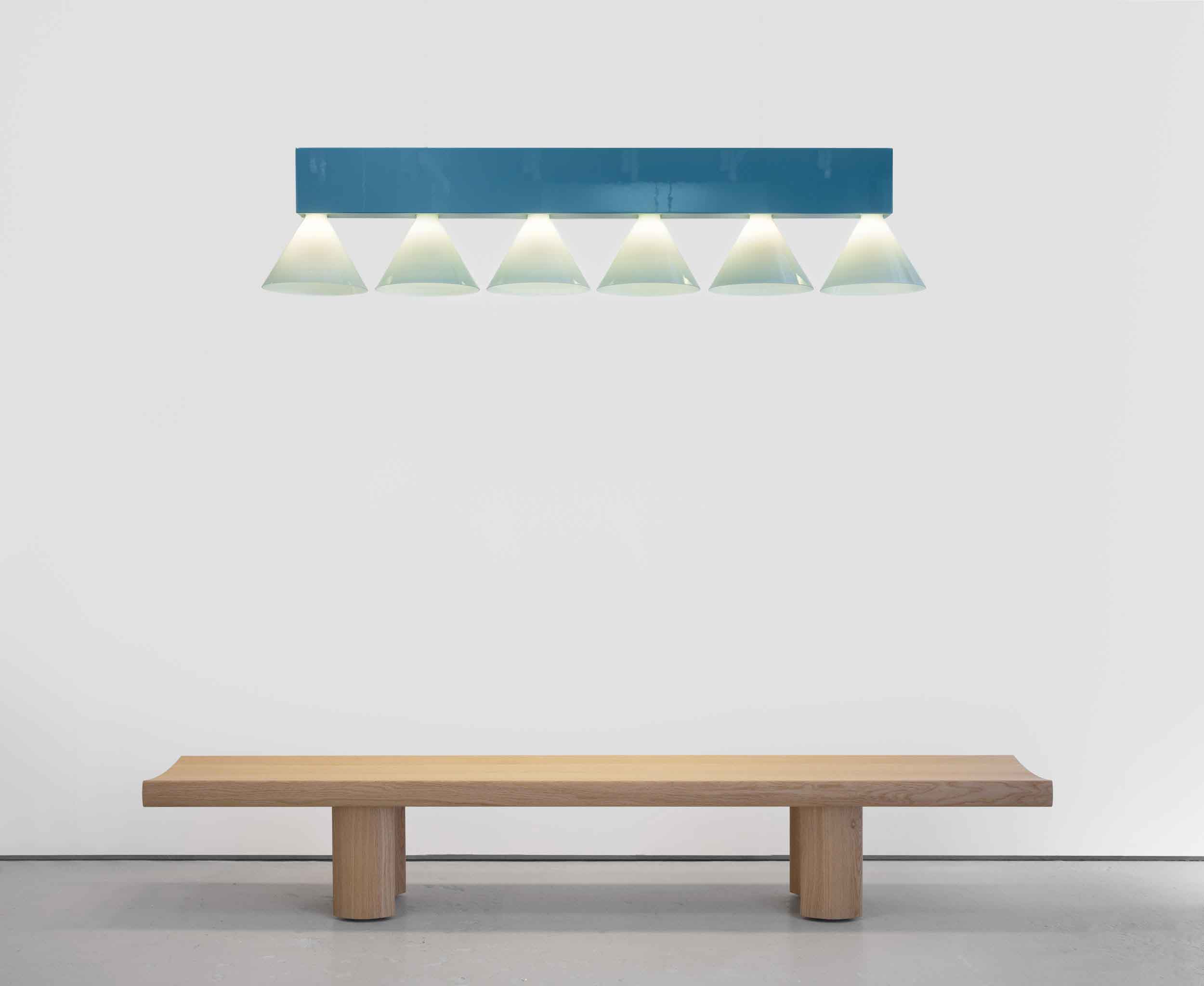
STIRpad: Can you recall any interesting anecdotes while working on the collection for Signals?
EB & JO: We relish the opportunity to design for a small run production rather than mass production. It enables us to design something that can be hand crafted. We have always enjoyed working with Venini, they are an incredibly talented team and we are fascinated with the chemistry of glass making. The weather can affect the process and the colours of the glass. If there is high atmospheric pressure then a colour may appear in one shade but the next may completely change if it is raining for example. The result of this process is a collection where each piece is truly unique.
Signals’ by Barber Osgerby will remain on display until March 26, 2022 at Galerie Kreo, London, United Kingdom.






 Sign in with email
Sign in with email



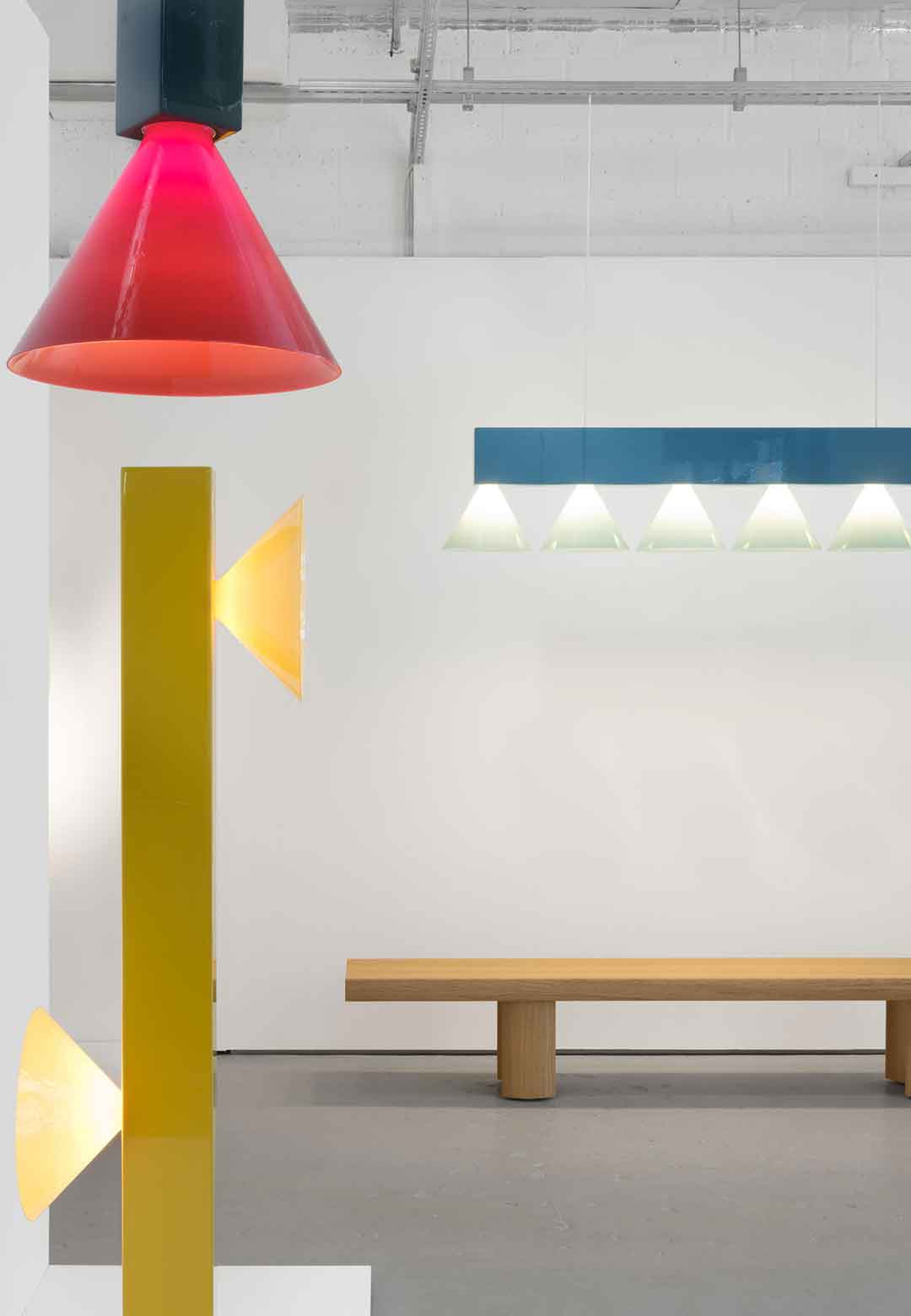




What do you think?